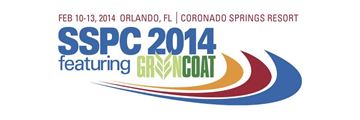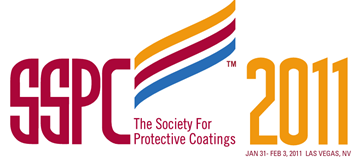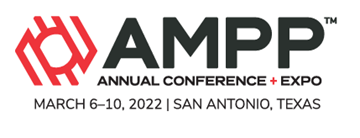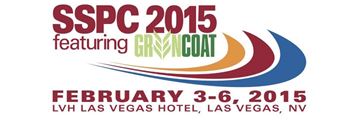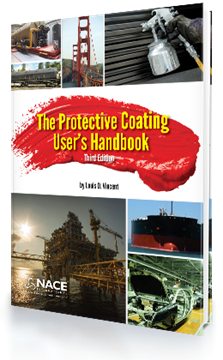Search
Products tagged with 'paint'
View as
Sort by
Display
per page
Modeling the Service Life of Corrosion Protection Coatings
Product Number:
51323-19068-SG
Publication Date:
2023
$20.00
NACE SP0415-2015/IEEE Std 1895-SG, NACE International and IEEE Joint Standard Practice for Below-Grade Inspection and Assessment of Corrosion on Steel Transmission, Distribution, and Substation Structures
Product Number:
21189-SG
ISBN:
1-57590-311-3
Publication Date:
2015
$109.00
Paint Inspection From the Coating Manufacturer’s Perspective
Product Number:
41215-894-SG
Publication Date:
2015
$20.00
Polyasparatics for Corrosion Protection Applications
Product Number:
41205-208-SG
Publication Date:
2005
$20.00
RP0281-HD1998-SG Method for Conducting Coating (Paint) Panel Evaluation Testing in Atmospheric Exposures-HD1998
Product Number:
21026-HD1998
ISBN:
1-57590-035-1
Publication Date:
1998
$179.00
Rules of Removal: Chemical Paint Stripping and Historic Masonry
Product Number:
41214-839-SG
Publication Date:
2014
$20.00
Small Expense, Big Reward - The Impact and Value of Quality Assurance Testing of Coatings for Hydraulic Steel Structures
Product Number:
41216-958-SG
Publication Date:
2016
$20.00
Standardized Coating Systems for Commercial Applications
Product Number:
41211-603-SG
Publication Date:
2011
$20.00
Standards Used for ‘Partial’ Coating Removal During Maintenance Painting
Product Number:
41216-944-SG
Publication Date:
2016
$20.00
The NEPCOAT Story- Bridge Paint Selection In The North East
Product Number:
51322-17834-SG
Publication Date:
2022
$20.00
The Problem with Meeting Dry Film Thickness Specifications
Product Number:
41215-892-SG
Publication Date:
2015
$20.00
The Protective Coating User's Handbook, Third Edition (E-book)
Product Number:
37605-e
ISBN:
978-1-57590-318-7
Publication Date:
2016
$130.00






